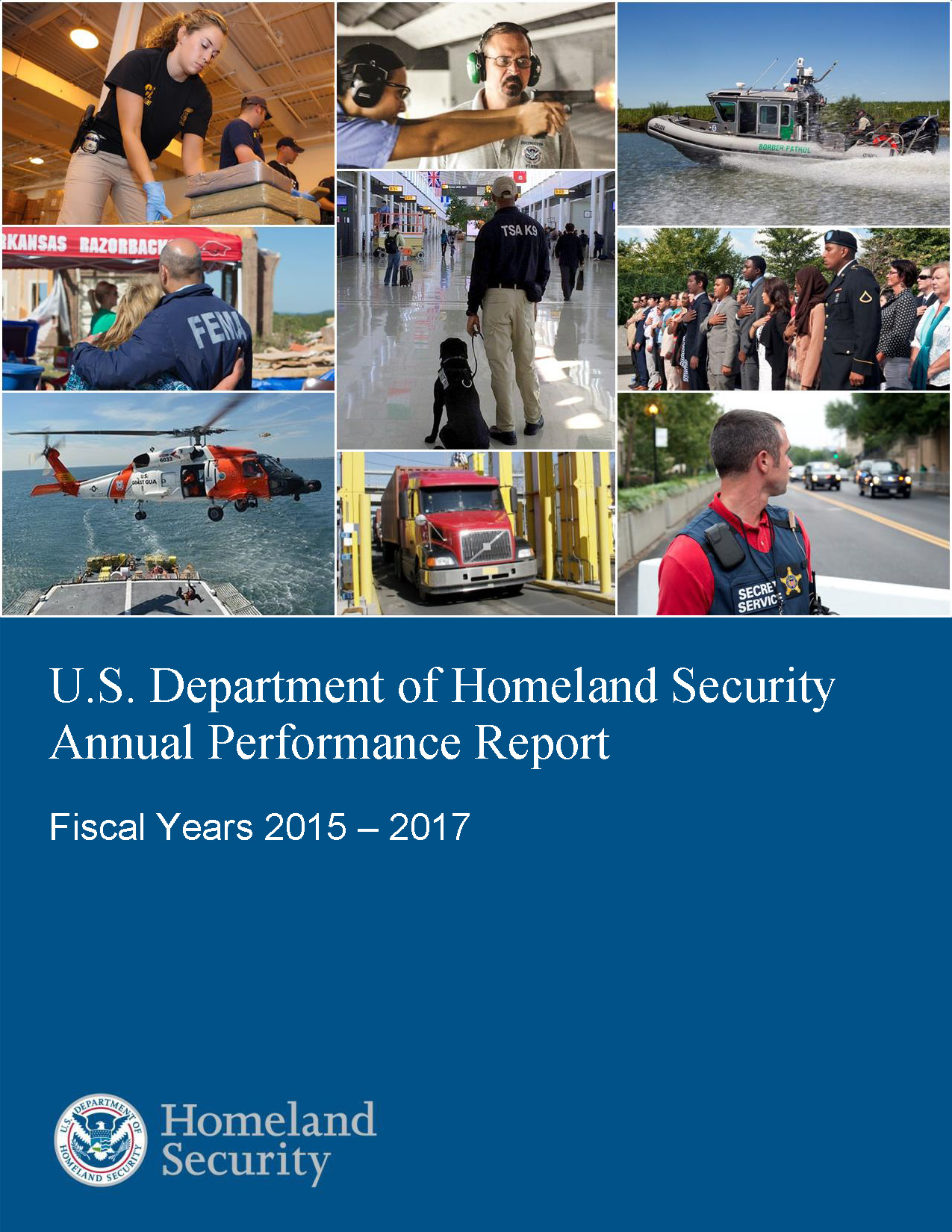- Home
- Agencies
- Department of Agriculture
- Department of Housing and Urban Development
- General Services Administration
- Department of Commerce
- Department of the Interior
- National Aeronautics and Space Administration
- Department of Defense
- Department of Justice
- National Science Foundation
- Department of Education
- Department of Labor
- Office of Personnel Management
- Department of Energy
- Department of State
- Small Business Administration
- Environmental Protection Agency
- Department of Transportation
- Social Security Administration
- Department of Health and Human Services
- Department of the Treasury
- U.S. Agency for International Development
- Department of Homeland Security
- Department of Veterans Affairs
- Goals
- Initiatives
- Programs
Primary tabs
Key to Changes
This text is Revised text
This word has been added to the text
This text is Last Published text
This word has been removed from the text
Modifed styling with no visual changes
Strategic Objective
Goal 2.2: Safeguard and Expedite Lawful Trade and Travel
Strategic Objective
Overview
The vast majority of people and goods entering and exiting the United States represent law-ful trade and travel. Lawful trade and travel provides enormous economic benefits to our society, evident by a substantial increase in the number of tourist and business travelers and in the value of U.S. exports and imports between 2005 and 2012, and underscored by projections for continued growth at an average of six percent annually through 2030. DHS and our partners work to secure and expedite these flows of people and goods, as they are a main driver of U.S. economic prosperity.
We will pursue the following strategies to safeguard and expedite lawful trade and travel:
- Safeguard key nodes, conveyances, and pathways by establishing and enforcing security standards and plans that maintain or restore infrastructure capabilities to be resilient from attacks and natural disasters; this includes facilities at ports of entry, modes of transportation, and pathways.
- Manage the risk of people and goods in transit by employing a risk-segmentation approach that identifies low-risk and high-risk people and goods moving within legal channels as far from the homeland as possible, and then expediting low-risk, lawful movement to and through the United States.
- Maximize compliance with U.S. trade laws and promote U.S. economic security and competitiveness by: 1) working with international partners, such as the International Maritime Organization, the International Civil Aviation Organization, and INTERPOL, to create global standards for security and resilience of the global trade and travel system and 2) conducting cargo recognition programs to reduce redundancies for industry while maintaining a commensurate level of security.
Progress Update
The Department of Homeland Security (DHS), in consultation with the Office of Management and Budget (OMB), has determined that performance toward this goal is making noteworthy progress.
Introduction
Lawful trade and travel provides tremendous economic benefits to our society, evident by a substantial increase in the number of tourist and business travelers and in the value of U.S. exports and imports, and is underscored by projections for continued growth at an average of six percent annually through 2030. DHS and our partners work to secure and expedite these flows of people and goods, as they are a main driver of U.S. economic prosperity.
Major Achievements
As of September 30, 2014, DHS screened over 370 million people entering the U.S.; investigated nearly 11,000 visa overstays; collected more than $48 billion in fees, duties, and tariffs on imports valued at $2.4 trillion; ensured safe transit of $3.2 trillion in commerce over 25,000 miles of U.S. waterways; maintained over 49,000 aids to navigation; issued 51 permits for bridge projects valued at $10.3 billion; and expended over 15,000 hours supporting movement through ice impeded lakes and waterways. DHS aggressively expanded risk-based approaches to the screening of people using Global Entry and Transportation Security Administration (TSA)Pre✓®, time-saving technologies such as Automated Passport Control kiosks, experiments, and pilot programs with the creation of the Entry/Exit Test Facility, and expansion of the Automated Commercial Environment. The U.S. Coast Guard (USCG) bolstered domestic icebreaking operations, reduced permitting-process review time, and improved operations to manage U.S. aids to navigation.
New international agreements included establishing a new Preclearance port at Abu Dhabi, United Arab Emirates, expanding the Container Security Initiative to three additional foreign ports, expanding the Customs-Trade Partnership Against Terrorism to Singapore, conducting a Truck Cargo Preclearance Pilot with Canada, and completing the roll-out of 100 percent screening of all international inbound air cargo transported on passenger aircraft.
Major Challenges & Opportunities for Improvement
DHS challenges include developing a complete Entry/Exit system at the ports of entry and successfully managing further expansion of the Trusted Trader and Trusted Traveler programs, with a special focus on Global Entry and TSA Pre✓®. Global aviation security risks are increasing and are a growing challenge to combat effectively. DHS will refine the TSA International Risk Framework, a systematic decision-making framework that identifies international aviation security risk and supports the targeted application of direct and indirect risk mitigation measures.








